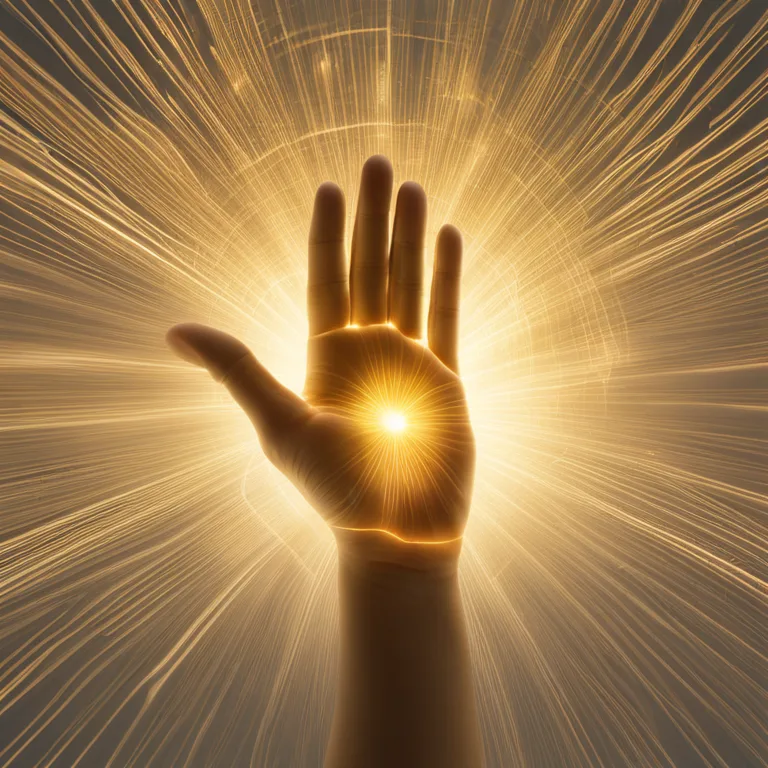
The Essence of Palmistry: Interpreting Lines & Shapes
Delve into the ancient art of palmistry, where we interpret the intricate lines and shapes on our palms to uncover insights into our personalities and life paths.
article by Nora Pennington
Introduction to Palmistry
Palmistry, also known as chiromancy, is a practice rich with history and symbolism. Believed to have originated in India, it is the art of analyzing a person's palm to interpret their character traits and potential life events. The palm is considered a unique reflection of an individual's personality, experiences, and even their future. While palm reading has been practiced for centuries, it continues to pique the interest of many seeking to understand more about their lives and themselves in the modern era.

The Lines of Destiny
The lines on the palm are of paramount importance in palmistry. The three major lines examined are the Life Line, the Head Line, and the Heart Line, each representing different aspects of life. The Life Line relates to physical vitality and life changes, the Head Line pertains to intellect and mindset, and the Heart Line reflects love and emotional wellbeing. By examining the depth, length, and curvature of these lines, palmists propose insights into an individual's trajectory.
Mounts and Their Significance
Beyond the lines, the mounts of the palm—or the fleshy pads beneath each finger—offer additional insights and are named after celestial bodies. Each mount correlates with different qualities or aspects of life. For example, the Mount of Venus under the thumb relates to love and passion, whereas the Mount of Jupiter under the index finger is associated with leadership and ambition. Analyzing these mounts provides another layer to the story that one's palm can tell.

Fingers and Fingertips
In palmistry, fingers and fingertips are indicative of finer personality traits. The shape, length, and flexibility of the fingers, as well as the distinct patterns on fingertips—known as dermatoglyphics—offer nuanced insights. For instance, longer fingers may indicate a detail-oriented nature, while square fingertips suggest practicality. Such features contribute to the comprehensive analysis that is the palmist's reading.

Modern Palmistry Practices
With advancements in technology and a growing interest in personal development, palmistry has seen a resurgence in the 21st century. Modern practitioners often blend traditional techniques with psychological insights and can provide readings in person or via digital platforms. This accessibility allows a broader audience to explore palmistry, using it as a tool for introspection and guidance.
Critical Viewpoints and the Future of Palmistry
While many find value in palmistry, it is also met with skepticism. Critics argue that it lacks empirical support and that readings are often vague enough to apply to a wide range of people. Nonetheless, the practice evolves and endures, with practitioners exploring the boundaries of palmistry's potential. As more people look to ancients forms of wisdom in an ever-changing world, palmistry's enigmatic allure remains.
Published: 1/3/2024
Modified: 1/3/2024
More predictions
Come back here soon to learn more about yourself and your future


The Art Of Palmistry Revealed
Discover the intriguing facets of palmistry and learn how the lines on your palm can offer insights into your life journey and personality.


The Mysteries of Palmistry
Delve into the ancient art of palmistry to uncover the secrets held within the lines and features of your hands.


Palmistry Insights
Delve into the lines of your hands with our comprehensive guide to palmistry and discover what your palms may reveal about your life's path, personality, and future.